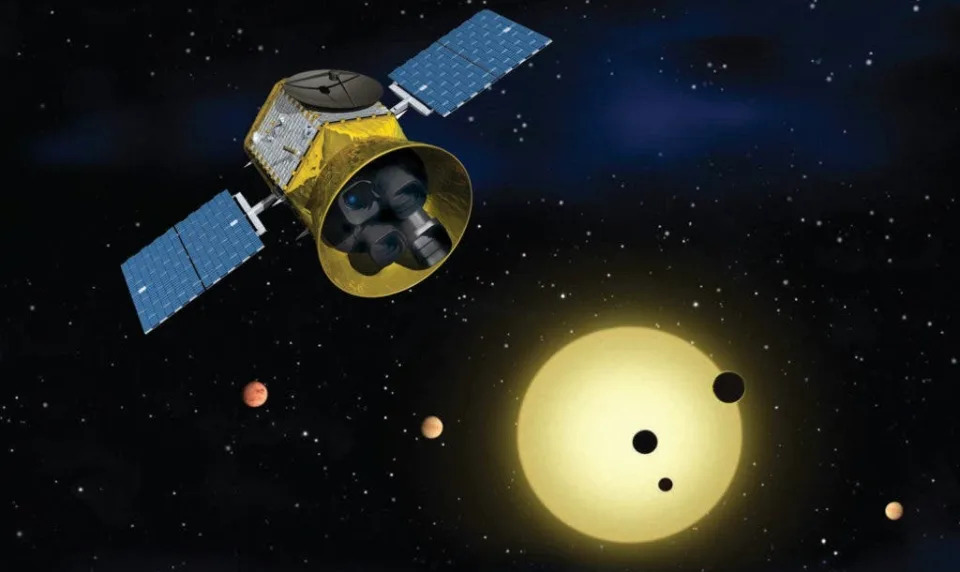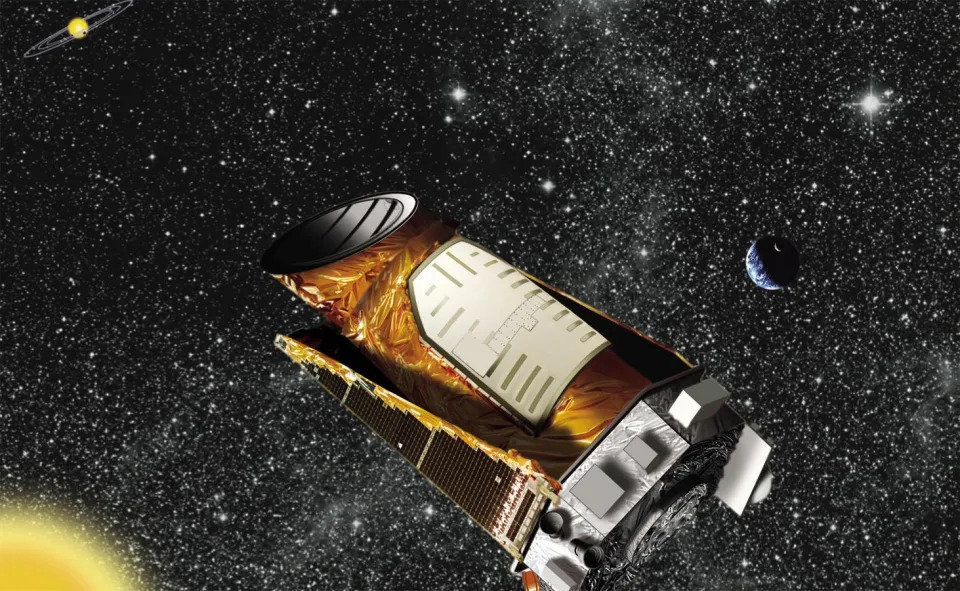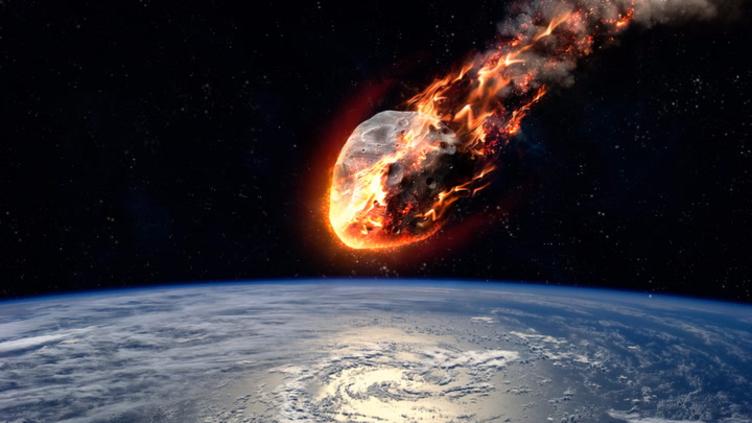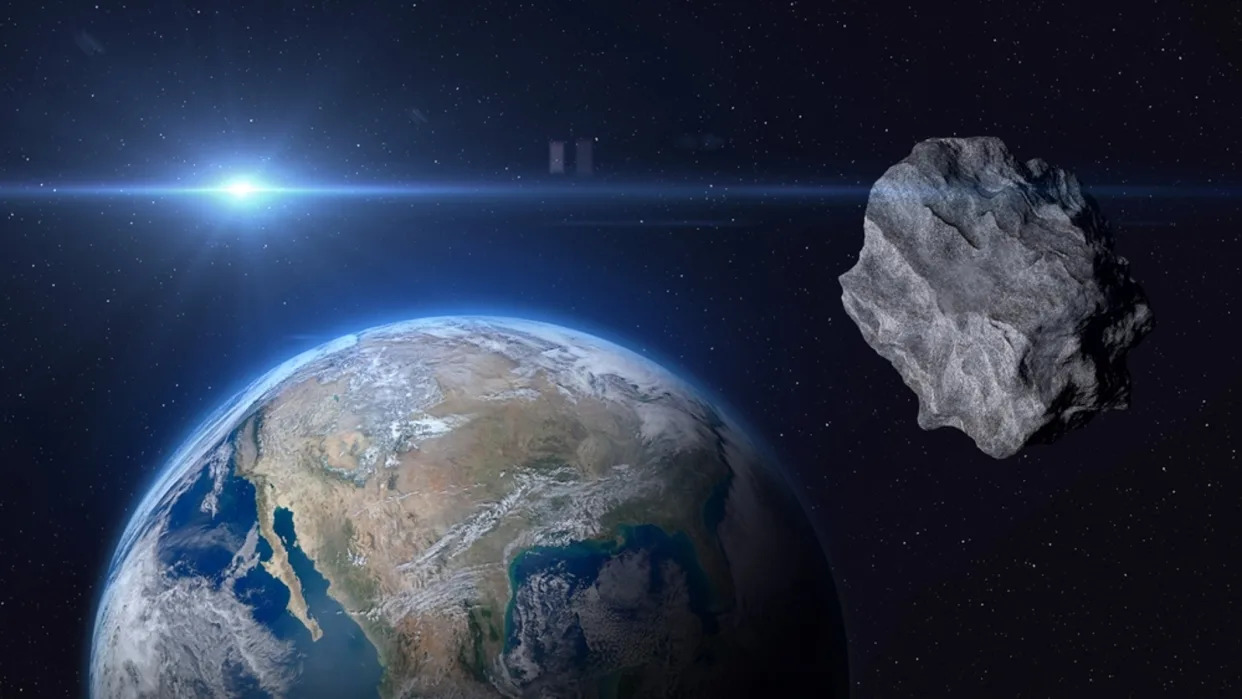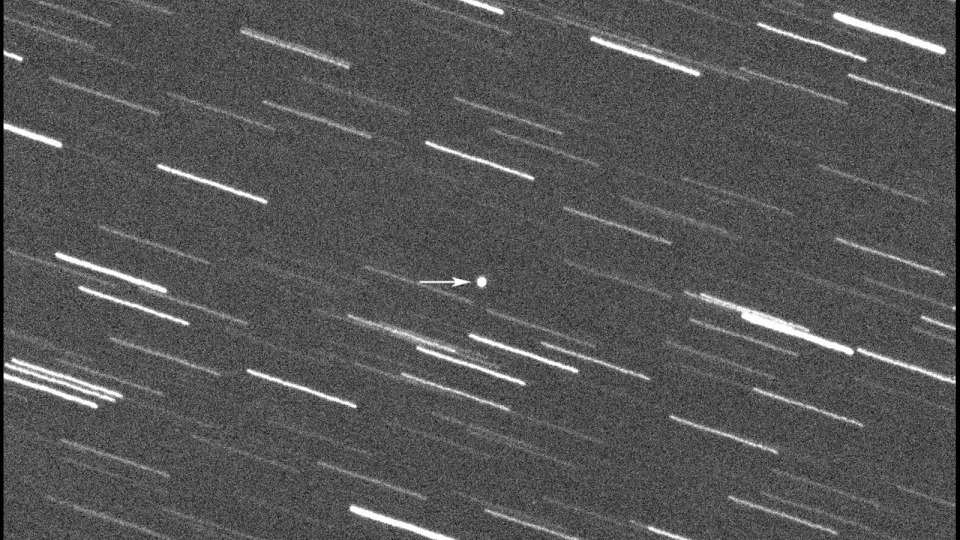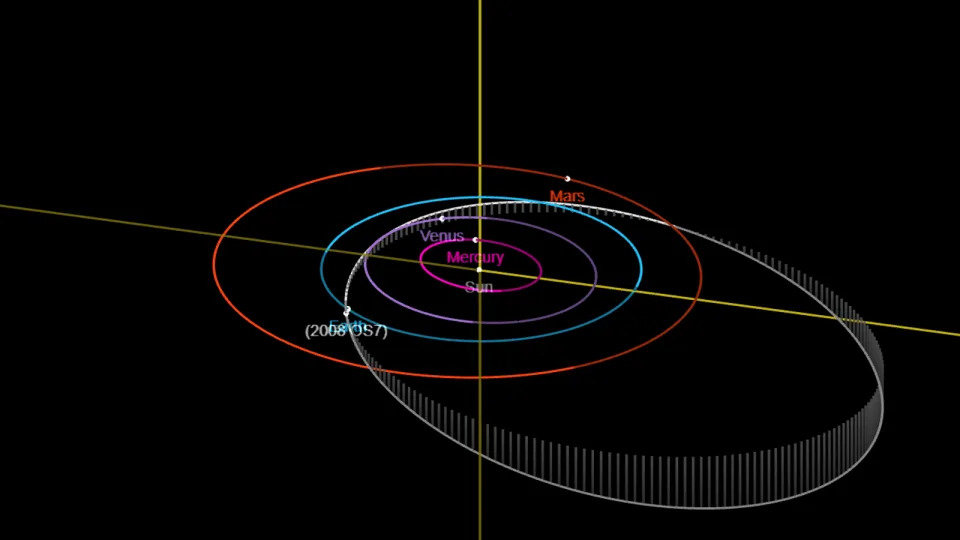‘Mind-blowing’ new images reveal 19 Spiral Galaxies ‘down to the smallest scales ever observed’
Ashley Strickland, CNN
Thu, February 1, 2024
The James Webb Space Telescope has captured scintillating images of 19 spiral galaxies — and the millions of stars that call them home — in unprecedented detail never seen before by astronomers.
Webb’s singular ability to observe the universe in different wavelengths of infrared light, such as near-infrared and mid-infrared, showcases the stars, gas and dust within the intricate structure of each galaxy.
Astronomers believe that about 60% of all galaxies are spiral galaxies — and our solar system resides in one of the spiral arms of the Milky Way galaxy. Webb’s observations can help astronomers better understand star formation and the evolution of spiral galaxies like our own.
Seen face-on, each galaxy in the new images has spiral arms laden with stars. The center of each galaxy features clusters of old stars or supermassive black holes.

The James Webb Space Telescope captured images of 19 spiral galaxies in near- and mid-infrared light. - NASA, ESA, CSA, STScI, Janice Lee (STScI), Thomas Williams (Oxford), PHANGS Team
The observations were made as part of the PHANGS, or the Physics at High Angular resolution in Nearby GalaxieS, project. More than 100 astronomers around the world participate in the program, which also looks at data from the Hubble Space Telescope, the European Space Observatory’s Very Large Telescope’s MUSE instrument and the Atacama Large Millimeter/submillimeter Array in Chile.
Data from the different telescopes enables astronomers to make observations across different wavelengths of visible, ultraviolet and radio light. Adding Webb’s infrared insights can help address some of the observational gaps.
“Webb’s new images are extraordinary,” said Janice Lee, PHANGS core member and a project scientist for new missions and strategic initiatives at the Space Telescope Science Institute in Baltimore, in a statement. “They’re mind-blowing even for researchers who have studied these same galaxies for decades. Bubbles and filaments are resolved down to the smallest scales ever observed, and tell a story about the star formation cycle.”
Peering inside the spirals
Astronomers used Webb’s Near-Infrared Camera to observe millions of stars, seen in sparkling blue, grouped together in clusters and spread throughout the arms of the 19 galaxies as well. Meanwhile, Webb’s Mid-Infrared Instrument puts the spotlight on glowing dust surrounding the stars, as well as red still-forming stars cocooned in the very gas and dust that aids stellar growth.
“These are where we can find the newest, most massive stars in the galaxies,” said Erik Rosolowsky, PHANGS core member and a professor of physics at the University of Alberta in Edmonton, in a statement.

This image shows both Webb (top left) and Hubble (bottom right) telescope observations of the galaxy NGC 4254. - NASA, ESA, CSA, STScI, Janice Lee (STScI), Thomas Williams (Oxford), PHANGS Team
The spiral arms are practically incandescent with orange and red gas in Webb’s imagery. The images will be used to help astronomers determine the distribution of gas and dust in spiral galaxies, as well as how galaxies both nurture and cease the formation of stars.
“These structures tend to follow the same pattern in certain parts of the galaxies,” Rosolowsky said. “We think of these like waves, and their spacing tells us a lot about how a galaxy distributes its gas and dust.”
Webb also captured large, spherical shell-shaped voids among the galactic gas and dust that were likely sculpted by the explosions of stars.
“These holes may have been created by one or more stars that exploded, carving out giant holes in the interstellar material,” said Adam Leroy, PHANGS core member and a professor of astronomy at the Ohio State University in Columbus, in a statement.
The anatomy of a galaxy
Astronomers think that galaxies form from the inside out. Star formation begins at the galactic center before rippling across the arms in a spiral. That means a star’s distance from the heart of the galaxy is relative to its age, so younger stars are likely farther from the galactic core. Groupings of blue stars near the centers of each galaxy indicate older stars.
Meanwhile, some galaxies have pinkish-red spikes near their centers.
“That’s a clear sign that there may be an active supermassive black hole,” said Eva Schinnerer, PHANGS core member and a staff scientist at the Max Planck Institute for Astronomy in Heidelberg, Germany, in a statement. “Or, the star clusters toward the center are so bright that they have saturated that area of the image.”
Scientists are most excited about studying the massive number of stars revealed by Webb’s new images, according to Leroy.
“Stars can live for billions or trillions of years,” Leroy said. “By precisely cataloging all types of stars, we can build a more reliable, holistic view of their life cycles.”
Galya Dimitrova - BBC News
Thu, February 1, 2024

The gas and dust stand out in stark shades of orange and red, thanks to JWST's infrared instruments
Highly detailed images of 19 spiral galaxies have been released by Nasa.
They were captured by the James Webb Space Telescope (JWST) and are being analysed by scientists from the University of Oxford.
The telescope was launched into orbit two years ago and is fitted with highly sensitive instruments that allow it to view older and more distant objects than Hubble.
The university said the "extraordinary images will provide several new puzzle pieces for astronomers and astrophysicists around the world".

The telescope captured millions of stars in the images, with older stars appearing blue and clustered at the galaxies’ cores
Thomas Williams, a postdoctoral researcher at the University of Oxford's physics department, has been leading work on processing data from the latest pictures.
"The amount of detail in these images is overwhelming - in a good way," he said
"It means that we may be able to fill in more of the gaps in our knowledge about the structure and evolution of galaxies, star formation, the life-cycle of stars and so much more."

The image of NGC 4254 shows a densely populated face-on spiral galaxy anchored by its central region, which has a light blue haze
He added that working with the data so early in the JWST's lifecycle had been a "privilege and a challenge".
"The images, I think, speak for themselves: this is the sharpest view we have ever had of galaxies at these wavelengths."
They were made public on Monday by scientists involved in a project called Physics at High Angular resolution in Nearby GalaxieS (PHANGS) that operates across several major astronomical observatories.

Shades of white, yellow, orange, and red are all vivid in the "messy" NGC 5068 spiral galaxy
Spiral galaxies, evidence of black holes: See 'mind-blowing' images snapped by NASA telescope
Eric Lagatta, USA TODAY
Wed, January 31, 2024
Galaxies brimming with stars and even evidence of supermassive black holes can be seen in stunning new photos unveiled by NASA captured by its James Webb Space Telescope.
The Monday release of 19 images depicting spiraling galaxies comes nearly two years after the arrival of the first images captured by Webb, and a little more than two months after NASA's counterpart in Europe released images from its own groundbreaking telescope.
The collection depicts millions of stars clustered at galaxies' cores in near- and mid-infrared light, serving as the latest example of Webb's astonishing capabilities to reveal distant, mysterious corners of our universe.
In a statement, Janice Lee, a project scientist for strategic initiatives at the Space Telescope Science Institute in Baltimore, called the images "mind-blowing, even for researchers who have studied these same galaxies for decades."
“Webb’s new images are extraordinary,” Lee said. "Bubbles and filaments are resolved down to the smallest scales ever observed, and tell a story about the star formation cycle.”
Commercial spaceflight: Calif. man says Virgin Galactic spaceflight was 'dream of a lifetime'
James Webb photos show spiral galaxies, millions of stars

This collection of 19 face-on spiral galaxies from the James Webb Space Telescope in near- and mid-infrared light shows millions of stars clustered at the galaxies’ cores.
Astronomers have for decades been able to observe these nearby spiral galaxies, but this is the first time images of them have been presented to the public, NASA said.
Webb’s high-resolution images – captured with a NIRCam (Near-Infrared Camera) – show millions of stars, which sparkle in blue tones. Some stars are spread throughout the spiral arms, but others are clumped tightly together in star clusters.
Shades of orange and red indicate where the telescope’s MIRI (Mid-Infrared Instrument) observed glowing dust existing around and between stars. The MIRI also spotlights stars appearing bright red that haven’t fully formed, but are rather encased in gas and dust that help them grow, according to NASA.

The recent photos depict millions of stars clustered at galaxies' cores in near- and mid-infrared light, serving as the latest example of the James Webb Space Telescope's astonishing capabilities.
“These are where we can find the newest, most massive stars in the galaxies,” Erik Rosolowsky, a professor of physics at the University of Alberta in Edmonton, Canada, said in a statement.
Scientists also believe that several galaxy cores displaying pink-and-red diffraction spikes serve as signs that these galaxies may have central active supermassive black holes.
Scientists hope to learn more about star formations

Astronomers have for decades been able to observe these nearby spiral galaxies, but this is the first time images of them have been presented to the public, according to NASA.
The spiral galaxies are Webb’s first contributions to the Physics at High Angular resolution in Nearby GalaxieS (PHANGS) program, which is supported by more than 150 astronomers worldwide.
By studying these structures, astronomers hope to gain new insights into how stars form within galaxies.
Teams of researchers are now studying the images to uncover the origins of these intricate structures. Forthcoming research should ultimately help humanity better understand not only star formation, but the evolution of spiral galaxies, NASA said.
“Stars can live for billions or trillions of years,” Adam Leroy, a professor of astronomy at the Ohio State University in Columbus, said in a statement. “By precisely cataloging all types of stars, we can build a more reliable, holistic view of their life cycles.”
Many discoveries made possible by Webb

A woman takes a video of the gians screens displaying images captured by The James Webb Space Telescope in Times Square on July 12, 2022 in New York. -Released one by one starting from 10:30 am Eastern at the Goddard Space Flight Center, the new images demonstrated the full power of the $10 billion observatory, which uses infrared cameras to gaze into the distant universe with unprecedented clarity.More
Ever since the James Webb Space Telescope launched in 2021 into space, astronomers have increasingly turned to the powerful observatory to make new cosmic discoveries.
In Webb's three years, the telescope has offered stunning views of our solar system's planets, galaxies, stars and other parts of the universe never glimpsed before.
From ancient ghost galaxies to strangely synchronized orbiting planets, last year was one teaming with cosmic discoveries made possible by the publicly-available data from Webb's observations. Thanks to Webb, researchers last year learned more about mysterious star-orbiting exoplanets outside our solar system including one that rains down sand.
Scientists have also been able to turn to Webb to aid the discovery of exoplanets similar to our own and even to uncover evidence of a possible ocean world larger than Earth with conditions that could support life.
The powerful Webb telescope has also helped scientists yield valuable insights into enigmatic black holes.
Last year, researchers were able to pinpoint the oldest black hole ever discovered, confirming the theory that supermassive black holes were part of the early universe. Formed 470 million years after the Big Bang, the supermassive black holes are 10 times bigger than the black hole in our own Milky Way.
Eric Lagatta covers breaking and trending news for USA TODAY. Reach him at elagatta@gannett.com
This article originally appeared on USA TODAY: NASA unveils Webb images of galaxies, stars, black holes: See photos






